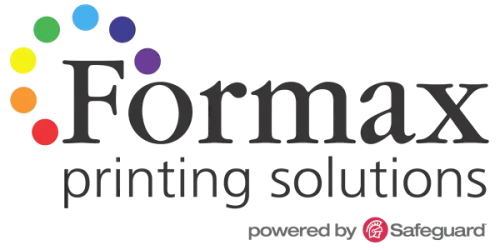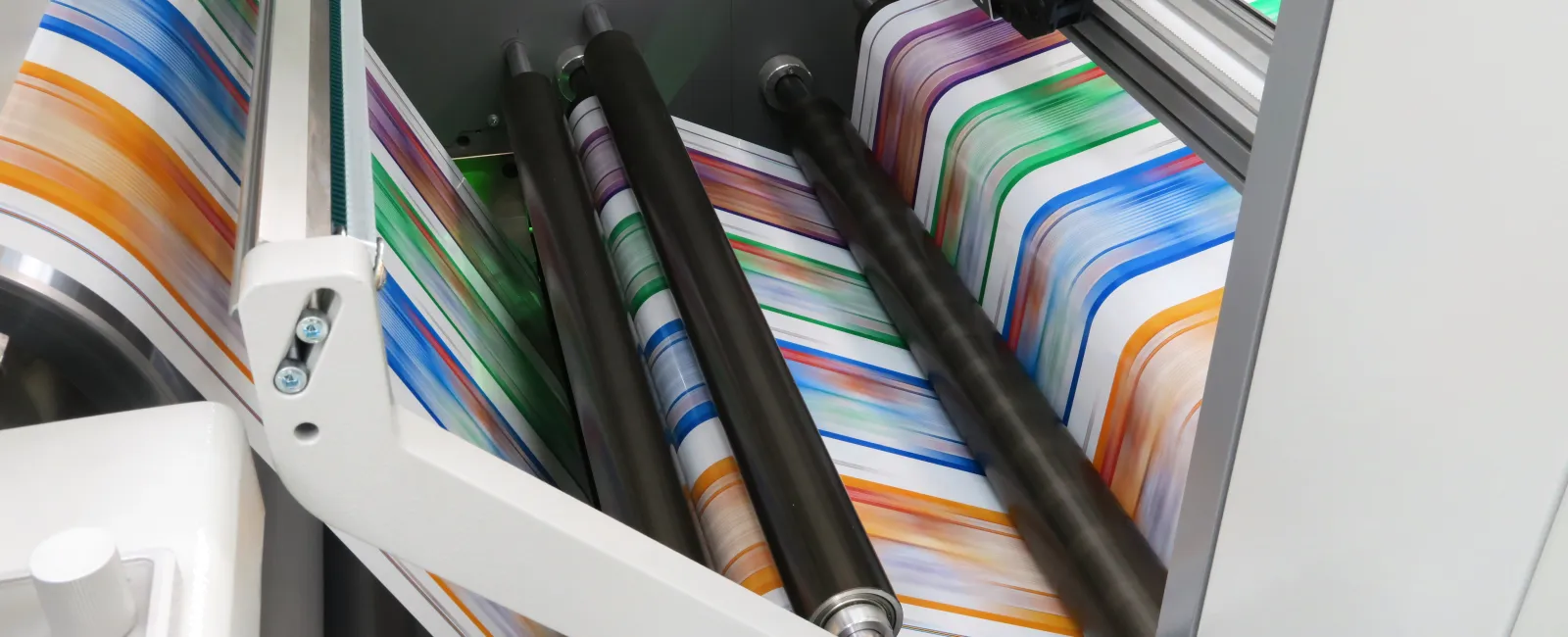In the world of print, offset printing holds a significant place. It's a method that's been around for over a century.
But what is offset printing? It's a printing technique where the inked image is transferred from a plate to a rubber blanket, then to the printing surface.
This article aims to demystify the basics of offset printing. We'll delve into its history, how it works, and the process involved.
By the end, you'll have a comprehensive understanding of offset printing. This knowledge can be a stepping stone for beginners or a useful refresher for the experienced.
Let's dive into the fascinating world of offset printing.
What is Offset Printing?
Offset printing, also known as offset lithography, is a widely used printing technique. It's especially popular for high-volume commercial printing.
The process involves transferring an inked image from a plate to a rubber blanket and then onto the printing surface. This indirect method is why it's called 'offset'. The basic principle is that ink and water don't mix, allowing precise application of ink to specific areas. We'll explore this process in more detail later in the article.
The History and Evolution of Offset Printing
Offset printing has a rich history. It was first developed in the late 19th century, building on earlier lithographic processes.
The technique has evolved significantly over the years. Technological advancements have improved efficiency, quality, and versatility. Today, offset printing is a staple in the printing industry, used for everything from books and newspapers to packaging and marketing materials.
Despite the rise of digital printing, offset remains a preferred method for large-volume print jobs. Its ability to produce high-quality images cost-effectively keeps it relevant in the modern printing landscape.
How Offset Printing Works: A Step-by-Step Guide
Offset printing is a complex process. It involves multiple steps, each crucial to the final product.
The process begins with the preparation of the printing plate. This plate carries the image to be printed. It's treated so that ink adheres only to the image areas.
Next, the plate is mounted on the printing press. The press then starts the printing process.
Preparing the Printing Plate
The printing plate is a key component in offset printing. It's usually made of aluminum and carries the image to be printed.
The plate is treated chemically. This ensures that ink adheres only to the image areas, repelling water.
The Dampening System
The dampening system plays a crucial role. It applies water to the non-image areas of the plate.
This water repels the oily ink. It ensures that ink only sticks to the image areas.
The Inking System
The inking system applies ink to the plate. It's carefully controlled to ensure the right amount of ink is used.
Too much ink can lead to smudging. Too little can result in a faint image.
Transferring the Image
The image is then transferred from the plate to a rubber blanket. This is why the process is called 'offset'.
The rubber blanket then transfers the image onto the paper. This indirect method results in a clear, crisp print.
The Offset Printing Press: Sheet-fed vs. Web-fed
Offset printing can be done on two types of presses: sheet-fed and web-fed. Each has its own advantages and uses.
Sheet-fed presses print on individual sheets of paper. They're ideal for short runs and high-quality prints.
Web-fed presses, on the other hand, print on large rolls of paper. They're used for long runs, like newspapers and magazines.
Advantages of Offset Printing
Offset printing is known for its high image quality. The process allows for rich, accurate color reproduction and sharp, clean images.
Another advantage is cost-effectiveness for large volumes. While the setup costs can be high, the cost per unit decreases with larger print runs.
Finally, offset printing can accommodate a wide variety of printing surfaces. Apart from paper, it can print on cardboard, plastic, and even metal. This flexibility makes it a popular choice for many printing needs.
Limitations and Considerations in Offset Printing
Despite its advantages, offset printing has some limitations. The initial setup time and costs can be high, making it less suitable for small print runs.
The process is also complex and requires skilled operators. Any errors in the setup can lead to costly mistakes in the final print.
Furthermore, changes to the print job after the plates have been made can be time-consuming and expensive. Therefore, it's crucial to ensure that the artwork is final and accurate before starting the offset printing process.
Preparing Artwork and Prepress Procedures
Before the offset printing process begins, the artwork must be prepared. This involves creating a digital file of the design, which is then used to make the printing plates.
The prepress stage also includes proofing, where a sample print is made to check for any errors. This is a crucial step to ensure the accuracy of the final print.
Once the proof is approved, the plates are made. Each color in the design requires a separate plate, which is then loaded onto the press for printing.
The Role of Color in Offset Printing: CMYK and Pantone
Color plays a significant role in offset printing. The most common method used is the CMYK color model, which stands for Cyan, Magenta, Yellow, and Key (Black). Each color has its own plate in the printing process.
For specific hues, Pantone colors are used. These are special inks mixed to match the Pantone Matching System (PMS), a standardized color reproduction system. This ensures consistency across different print jobs.
Whether using CMYK or Pantone, color calibration is crucial. This ensures that the colors on the printed material match the colors on the digital design.
Environmental Impact and Sustainability in Offset Printing
Offset printing, like any industrial process, has an environmental impact. It uses paper, ink, and energy, and produces waste. However, many printing companies are now adopting sustainable practices.
These include using recycled paper, vegetable-based inks, and energy-efficient machinery. They also recycle waste and reduce emissions. This helps to minimize the environmental footprint of offset printing.
Conclusion: The Future of Offset Printing
Offset printing continues to be a vital part of the printing industry. Despite the rise of digital technologies, it remains the preferred method for high-volume, high-quality print jobs.
With ongoing advancements in technology and sustainability practices, the future of offset printing looks promising. It will continue to evolve and adapt to meet the changing needs of the industry. Do you have a project coming up where offset printing could benefit you? Reach out to us at 866.938.3757 or submit our contact us form and we will be in touch.




